Mexican Pulque | Down & Local
Head to any Mexican town and you’re bound to see signs in bars and on the street advertising Pulque alongside beer and Micheladas. Although this beverage is completely foreign to most U.S. travelers, it’s well worth seeking out for a true down and local Mexico culinary experience.
A Flavor for Any Taste
So, what does this elusive drink look and taste like? The basic form is called blanco and is a milky, thick liquid with a slightly sour taste. I’d rate the sourness level as similar to a Berlinerweisse.
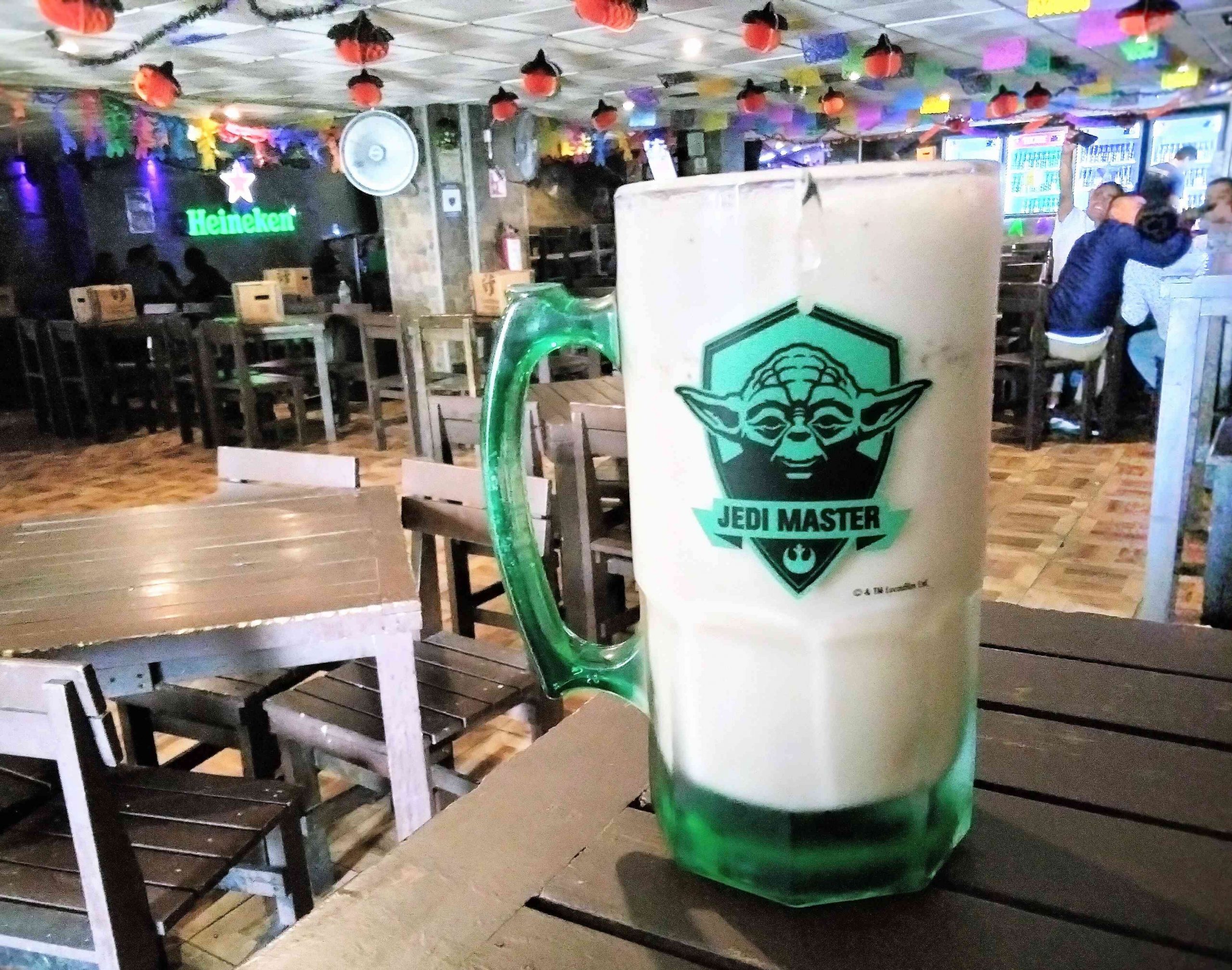
Most people, however, drink pulque “curado,” where breweries add fruit juices and fresh ingredients to balance out the sourness and make the beverage more drinkable and refreshing. Flavors like strawberry and guava are popular but really about anything goes. I’ve seen nut flavors, chocolate, celery, cucumber and other vegetables. Mexican Pulque may sound a little weird, but compared to some other traditional foods like fried grasshoppers and corn mold it’s actually pretty tame.
How to Find Pulque
You can find Pulque in a wide variety of establishments in both small and large cities. Restaurants and bars or taprooms are easiest for beginners to navigate because the ordering process will be familiar. These places tend to have menus and are more likely to have staff who speak English.
Mexico City is a Pulque hot spot, but any decent-sized town will have a few places serving it. The easiest rule of thumb: just look for a “Pulque” sign out front or in a window.
Use Your Bar Spanish to Go Local
Of course if you’re feeling adventurous and want to practice Spanish, go ahead and wander into a cantina or pulqueria. These places are a little rougher around the edges but also offer a more in-your-face cultural experience. Pulquerias make and serve their own product, similar to U.S. craft breweries. As long as you know basic beer-ordering Spanish, just substitute “un Pulque” for “una Cerveza.”

Mexican Pulque is usually served in beer mugs, although you may occasionally see it poured into traditional ceramic cups. At the bar it’s typically stored in big plastic vats, which the bartender will thoroughly stir before pouring to ensure proper flavor mixture.
Low Cost, Moderate ABV
The best part of Pulque is that it’s unlikely to set you back on any level, either financially or with a hangover. A mug of the stuff generally runs from 40 to 80 pesos—that’s about $2 to $4. Similarly, Pulque usually starts off around 6% ABV which is diluted a bit further by fruit and juices if you choose curado.
What is Mexican Pulque, Really?
We still haven’t answered the obvious question—what exactly is Pulque? The short version is that it’s the fermented syrup of the maguey plant. European-style brews get their alcohol from grain sugars while Pulque gets it’s booziness from sugars in the juice.
Judd Belstock, who co-owns Dos Luces in Denver, the only brewery in the U.S. dedicated to making Pulque, helps us understand the specifics. He explains that traditional Pulque is spontaneously fermented and the maguey plant makes that process simple. “Maguey has everything it needs by itself. You don’t even need anything from the air. We’ve identified at least three different types of bacteria plus two types of yeast just in the maguey sap.”
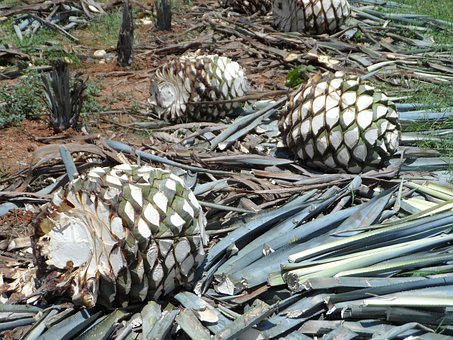
Fun fact about the maguey: It’s a member of the agave family, which also includes the plants used to make tasty tequilas and mezcals. Unlike those distilled spirits, Pulque uses the raw sap and ferments very quickly. A batch can be ready in a few days.
Priests, Sacrifices and Nazis
Pulque has a long history in Mexican and pre-Columbian cultures. Aztecs brewed the beverage over 1,000 years ago and the tradition continued among native peoples despite Spanish attempts to suppress it. Pulque was used in religious ceremonies and generally reserved for priests, sacrifice victims and special occasions. It was also sometimes consumed for medicinal purposes.
Native drinkers believed that Pulque bridged the realms of spiritual, human and natural. Because of this connection, Pulque gained the reputation in some circles for helping warriors gain extra strength for battle. This supposed benefit was taken so seriously in the early 20th century that Nazi Germany sent investigators to Mexico to look into whether this Pulque could boost the power of its soldiers.
Now, of course, anybody can enjoy Pulque. Aside from the possibility of an alcohol-fueled out-of-body experience, drinkers are unlikely to gain any supernatural powers.
The Pulque Renaissance
Today in Mexico, Pulque is enjoying a moment in the sun, and not just at beach resorts. Large German and Austrian breweries moved into Mexico in the late 1800s and undertook huge marketing efforts to deride Pulque. As a result, it fell out of favor and almost went extinct. Even up to modern times it was viewed as a lower-class beverage.
However, things are changing and Pulque has begun trending hard in Mexico. New pulquerias are opening and more bars and restaurants include Pulque on their menus.
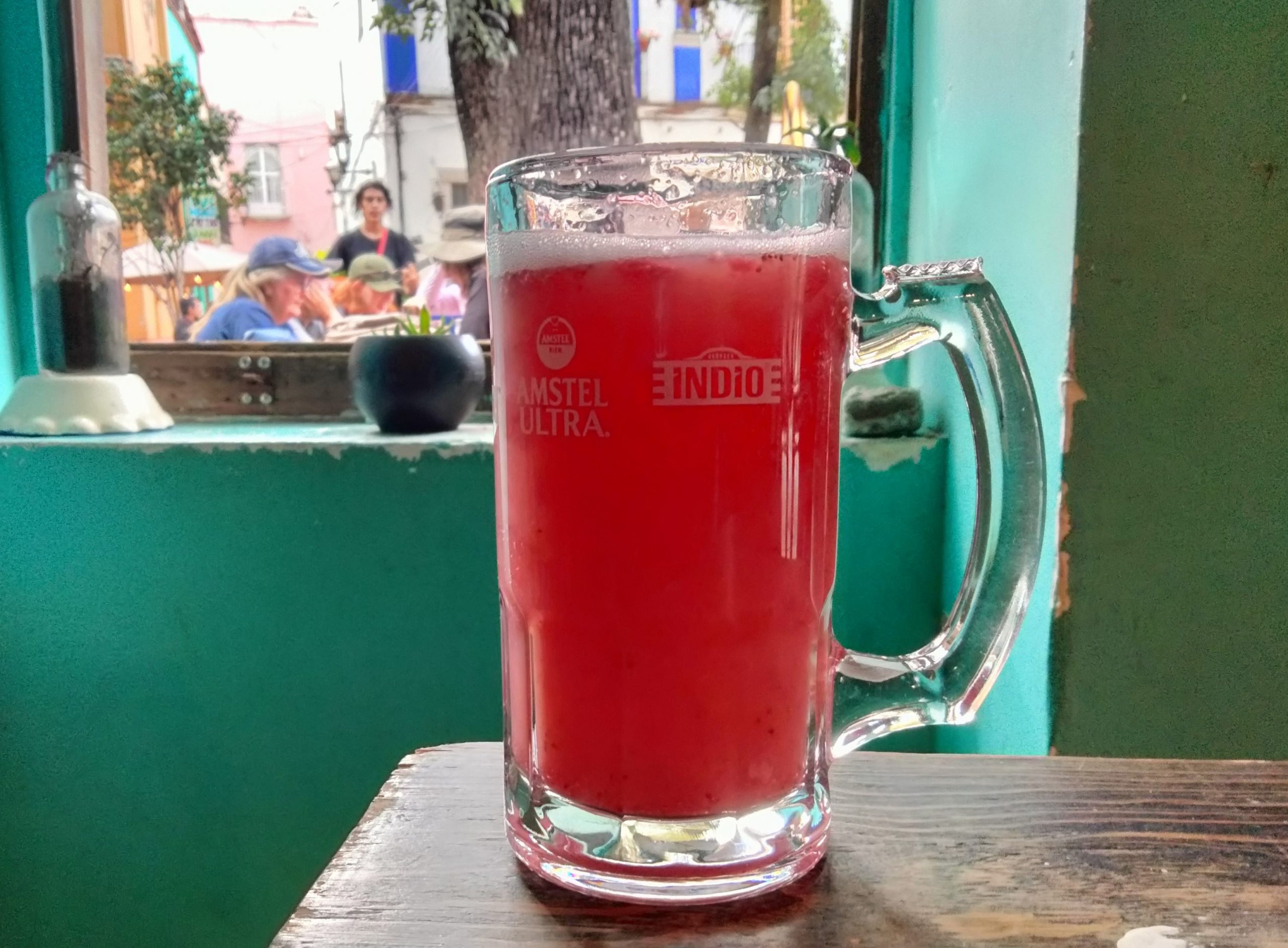
Says Belstock, “The Gen Z and the people who are turning 21 right now are embracing it a lot more as something that could be a little fancier and a little more cocktail-like.” Part of that is due to a more craft-oriented focus from producers. “I do think there’s been so much creativity in Pulque in the last 10 years or so that it’s really come into its own,” says Belstock.
One-of-a-Kind Drink
He explains the unique draw of the beverage. “Pulque is great because it’s a flavor that cannot be found in any other drink naturally. I’ve always felt that with the renaissance in American sour beers over the last 15 years or so that Pulque is such a natural fit.” For Belstock, it’s analogous to Belgian Lambics. “It has all of that complexity and flavors that just come together naturally.”
Enjoy Mexican Pulque—With Caution
As with all food and beverage in Mexico, it pays to consume Pulque smartly. Preparation and storage conditions vary widely at different drinking establishments. This is particularly critical for Pulque because it is made fresh and has no preservatives, so it spoils quickly.
Some of the more authentic places keep it out on the counter in open jars. I’m sure that’s OK a majority of the time, but I’d look for places that keep it refrigerated in covered, closed containers. Nobody wants dirt and fruit flies in their drink, right?
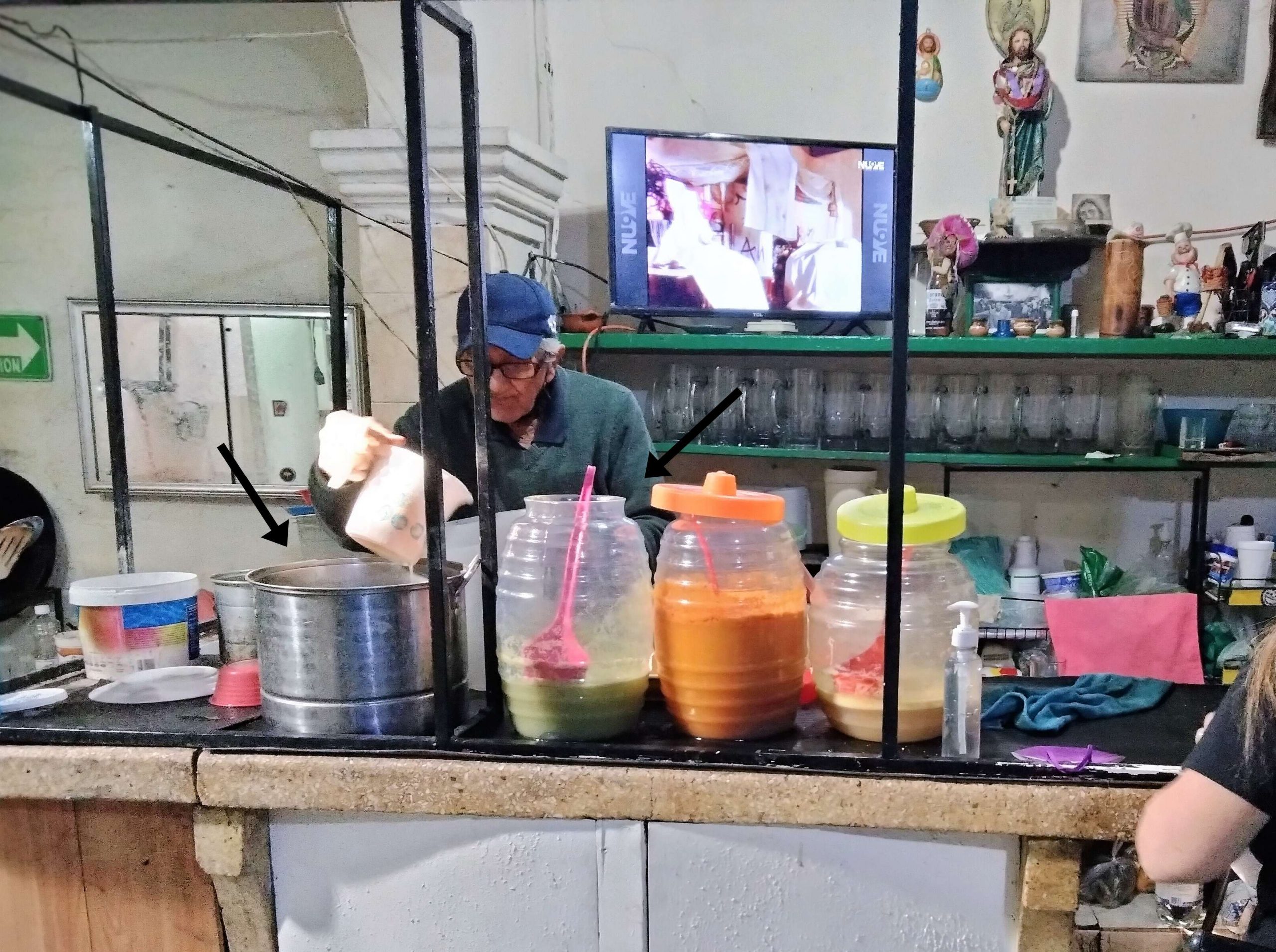
Most importantly, despite the light sourness even plain blanco Pulque should taste fresh—if anything tastes off or spoiled, abandon ship! The stuff is cheap enough that you’re not really losing out on anything aside from potential gastrointestinal discomfort.
Another tell is if it’s ropey or stringy and overly sour. “That’s an indication that the yeast hasn’t done its job and the bacteria has gone more excessive,” explains Belstock.
Dive Into the Culture
In the end, a key part of traveling is diving into the local culture, including traditional food and drink. While Pulque may not ultimately be for everyone, just like certain beer styles, it’s definitely worth giving it a try. And don’t be shy about those friend grasshoppers (chapulines) and corn fungus (huitlachoche) either!






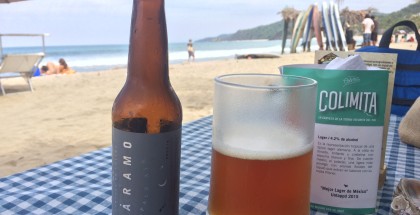

Submit a Comment